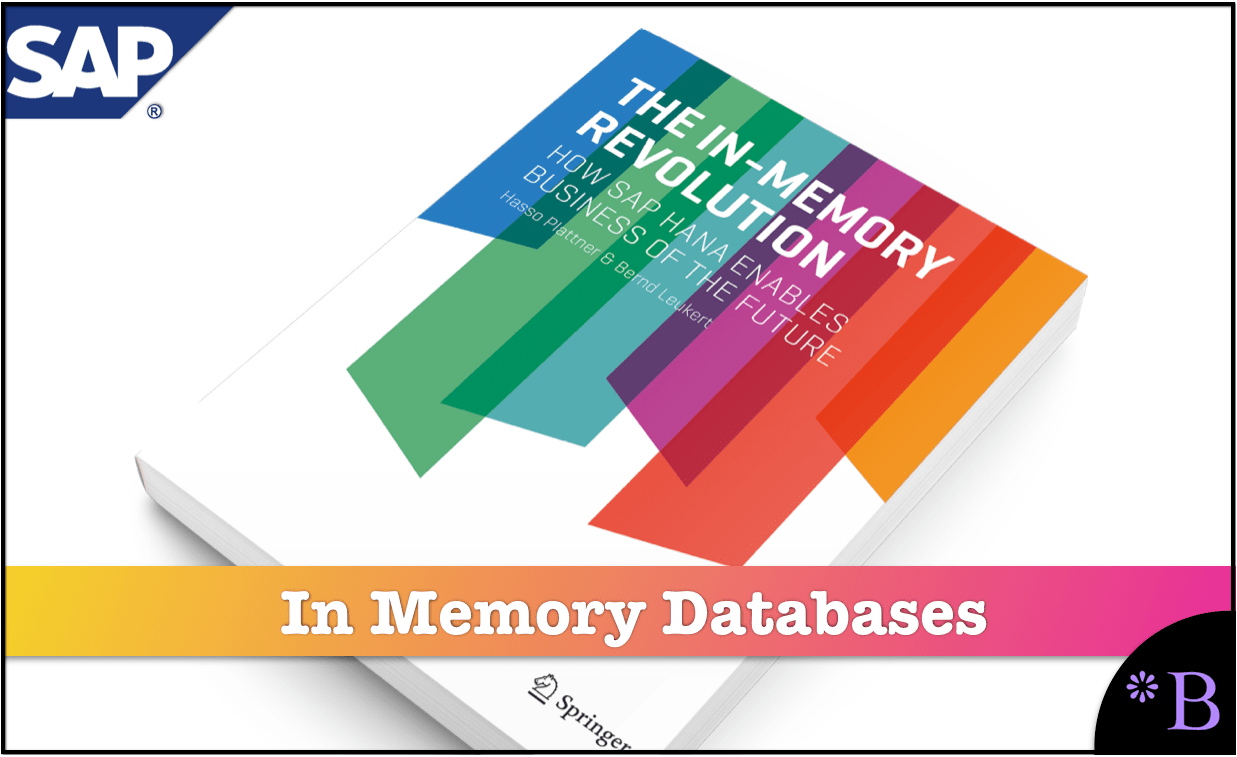How to Understand Why SAP Mystifies Topics
Executive Summary
- SAP shows a pattern of mystifying topics. Mystifying topics is the exact opposite of explaining topics to an audience.
- This is deliberate and fits into how SAP markets to customers.

Introduction
At Brightwork Research & Analysis, we have repeatedly shown that SAP provides false information to customers as part of standard practice. Readers can see our research into SAP’s accuracy in the research article A Study into SAP’s Accuracy.
This article will explain why SAP consistently chooses to mystify topics and how it fits into the overall SAP sales and marketing approach.
The Process of Mystifying Areas
SAP mystifies things precisely to “pull one over on people.” That is why, after listening to SAP, you know less than when you started.
Video removed from YouTube by SAP.
This video is a perfect example of how SAP will take a subject. By adding false information and false claims, leave the recipient of the message with not only a misimpression of SAP’s accomplishments and offering in an area, but a misimpression of the overall area! SAP’s information can be considered counter-educational. It intends to promote a false understanding of the part of the message recipient.
The Hypnotic Properties of Inscrutable Words

If an entity can use a term you do not know and keep that term mystical, it gives that entity power over you. SAP will often combine multiple buzzwords into a single sentence or throughout a paragraph with the intent of finding one that the listener does not know.

Hasso Plattner does this very clearly in his books. Hasso Plattner’s books are chocked full of exaggerated claims. They are also exhausting to read because of their non-stop claims and the fact that they will make claims in so many areas that it is challenging to keep up. And actually, that is the whole point. The claims in a book like this would require a person to set aside over a month, potentially two, to validate the claims, which would also be required to look up a vast amount of terminology. Hasso knows that people do not have time to do this, so you are always one step behind Hasso’s claims.
Being one of the few entities having performed a great deal of research into Hasso Plattner’s claims, we can say with confidence that virtually none of the things that Hasso says ever end up coming true. However, it should be understood that there is no financial reason for other entities to perform this research. It has to be done for reasons of curiosity, as there is very little of a financial market for fact-checking the claims of software vendors. Media entities don’t do it (preferring a steady stream of vendor cash), and consulting companies don’t do it (they are partners with the vendors!). Therefore the only financial market exists on the other side of the equation, which is repeating claims made by software vendors. And because there is no real financial market, it will typically not get done.
SAP’s Army of Enablers
If a normal validation or fact-checking process occurred, Hasso Plattner would have no credibility left as he has been doing this for decades. However, because SAP pays so many media entities and the consulting companies that specialize in SAP are “in on it” and repeat these falsehoods, there is almost no one with any interest in calling out Hasso Plattner. Even competing vendors typically have some partnership with SAP that contractually prevents them from criticizing SAP. I sometimes talk to vendors that will repeat back false things to me about SAP. So SAP’s marketing should be viewed as a 360 degrees falsehood machine, impacting both customers and vendors, and other parties.

Hasso intends to overwhelm the audience with information that is difficult for them to validate. Hasso Plattner has a Ph.D., but he does not behave as a Ph.D. Instead, his statements are more similar to a well-known circus promoter whose first initials are “P.T.” However, Ph.D.’s are not supposed to be used to provide an aura of credibility for a person to lie. Our view is that anyone who has a Ph.D. but shows no concern for what is true no longer truly has one.
The Opposite of the Richard Feynman Technique of Learning
Richard Feynman, the great physicist, talks about how complicated words are also used to disguise our lack of understanding. This is covered in the following quote:
“There are two types of knowledge and most of us focus on the wrong one. The first type of knowledge focuses on knowing the name of something. The second focuses on knowing something. These are not the same thing. The famous Nobel winning physicist Richard Feynman understood the difference between knowing something and knowing the name of something and it’s one of the most important reasons for his success. In fact, he created a formula for learning that ensured he understood something better than everyone else.
A lot of people tend to use complicated vocabulary and jargon to mask when they don’t understand something. The problem is we only fool ourselves because we don’t know that we don’t understand. Also, using jargon conceals our misunderstanding from those around us.”
Step 1: Try to explain the concept in simple terms without jargon.
Step 2: This is invaluable feedback because you’ve discovered the edge of your knowledge. Competence knows the limit of your abilities, and you’ve just identified one!
Step 3: Now you have a set of hand-crafted notes. Review them to make sure you didn’t mistakenly borrow any of the jargon from the source material.”
Conclusion
SAP actively attempts to confuse its customers. This allows SAP to control the impression of what SAP offers, and it presents things to customers that SAP has never accomplished or been involved in. As new buzzwords come along, SAP will grab hold of them and then migrate previous unfulfilled promises to the latest buzzwords. All of this is designed to keep customers maximally confused and less able to fact check SAP’s statements.
References
https://www.fs.blog/2012/04/learn-anything-faster-with-the-feynman-technique/